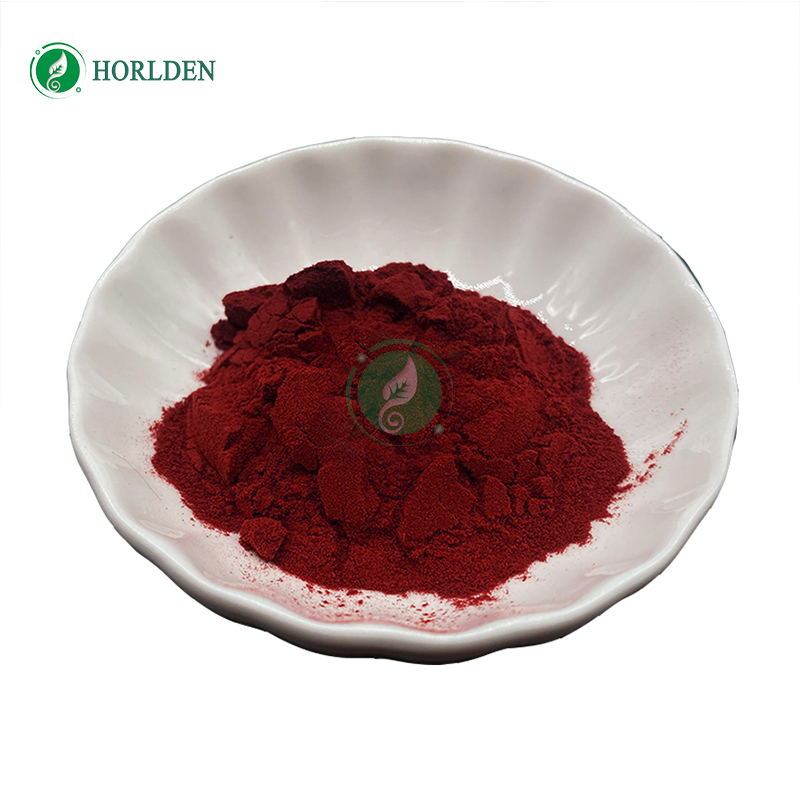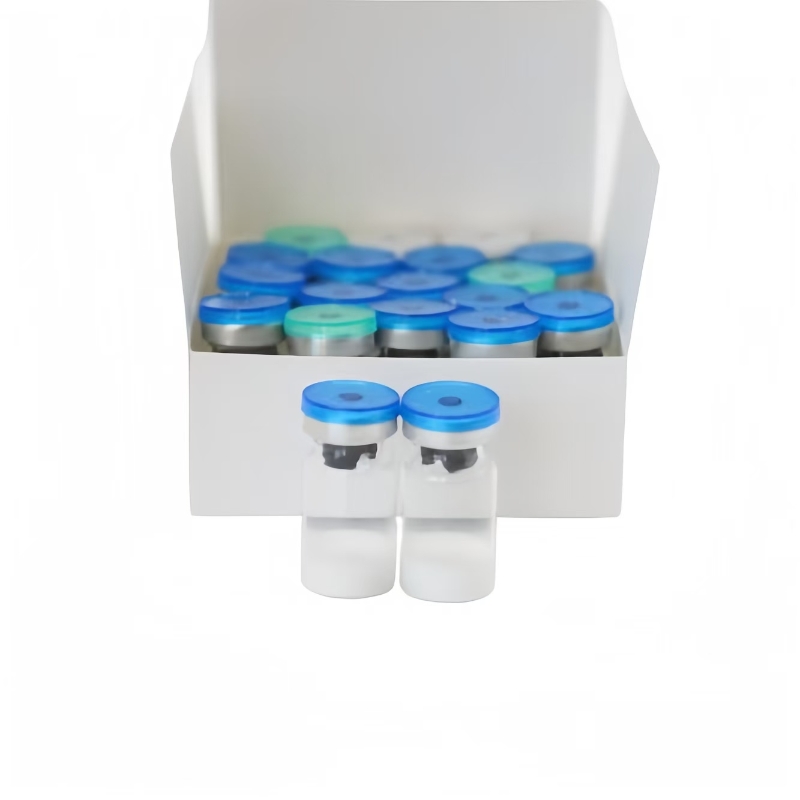-
Categories
-
Pharmaceutical Intermediates
-
Active Pharmaceutical Ingredients
-
Food Additives
- Industrial Coatings
- Agrochemicals
- Dyes and Pigments
- Surfactant
- Flavors and Fragrances
- Chemical Reagents
- Catalyst and Auxiliary
- Natural Products
- Inorganic Chemistry
-
Organic Chemistry
-
Biochemical Engineering
- Analytical Chemistry
-
Cosmetic Ingredient
- Water Treatment Chemical
-
Pharmaceutical Intermediates
Promotion
ECHEMI Mall
Wholesale
Weekly Price
Exhibition
News
-
Trade Service
The continuous investment of human capital, the acceleration of examination and approval, and the gradual clarity of the registration path will become the fundamental driving force for the explosive growth of China's bio similar drugs in the next few years In 2020, the global sales of biological similar drugs are expected to exceed 9 billion US dollars! This is not blind optimism According to IMS statistics, biological drugs with sales of about $80 billion will gradually expire before 2020, and the rapid growth of biological drugs is clearly visible Just take antibody drugs as an example, as a branch of biological drugs, its global sales have increased from less than $50 billion in 2011 to $106 billion in 2017, with a compound growth rate of 11.5% in seven years And the expiration of the patent of biological original research drug will undoubtedly lay a good market space for the listing of biological similar drugs On the other hand, the global clinical registration path of bio similar drugs is being clarified The European Union has introduced the registration path of similar drugs in 2004, the U.S introduced the bpcia in 2010, and China introduced the draft for the registration of similar drugs in 2015, and the official version may be released soon The clear path of global bio similar drug registration will undoubtedly reduce the uncertainty faced in the process of bio similar drug R & D registration, and thus shorten the R & D time Specifically in China, the huge market space for bio similar drugs is beginning to burst out 1 Compared with the drug use in the global market, there is still a lot of room for the development of biological drugs in the Chinese market In 2017, eight of the top ten varieties sold overseas were biological drugs, including monoclonal antibodies, vaccines and insulin, which were mainly aimed at the indications of rheumatoid arthritis, tumor, pneumonia and diabetes The treatment indications of the products were clear, and they were the first-line drugs for treatment
In China, most of the top ten varieties are outdated original research drugs and exclusive traditional Chinese medicine injections, of which Lipitor, Plavix, etc are mainly for cardiovascular chronic diseases, while the field of cancer is also dominated by auxiliary treatment products After the real first-line international treatment is launched in China, due to medical insurance and bidding problems, the product's accessibility is poor, and many first-line treatment drugs have not yet been used in China On the market, huge clinical needs have not been met Overseas and domestic sales of the top 10 varieties in 2017 However, in terms of research and development level and clinical success rate, the development of similar biological drugs in China has obvious late development advantages The development of bioequivalent drugs pays more attention to the analysis of product characteristics, whose purpose is to prove its similarity with the original biological drugs, while the original drugs are to prove its safety and effectiveness through clinical practice At the level of clinical research, biological analogues can directly enter clinical phase III in biological phase II On the whole, the R & D cycle of biological original drugs is more than 10 years, while that of biological similar drugs is 8 years The R & D cost of biological original research drug is more than 800 million US dollars, while the R & D expenditure of biological similar drug is about 200 million US dollars, while the cost advantage in China will be lower From the perspective of clinical success rate, for the proven effective targets, late development enterprises can save the cost of basic development of early target research For example, for the revolutionary PD-1 target, late development enterprises can save a lot of trial and error costs to prove the effectiveness of the target At the clinical level, we can also refer to the successful or failed programs to improve them, for example, targeted trials for more effective population segmentation The data shows that the clinical success rate of biological drugs is 1.85 times higher than that of small molecular drugs due to the advantages of safety Secondly, due to the late development advantage of biosimilar, the overall clinical success rate can be increased from 11.5% to 70% It is a basic aspect of China's Biopharmaceutics in this period that a large number of overseas scientists have returned to China to start their own businesses and set up research pipelines with the help of capital In particular, experts and scholars represented by the national plan of thousands of talents have made great achievements in the field of biopharmaceutical industry in China For example, Yu Dechao of Cinda biology, Du Ying of zaiding medicine, Wang Xiaodong of Baiji Shenzhou, Wu JINZI of Geli medicine, etc the companies they founded are not only the heavyweight biopharmaceutical products coming out, but also the good feedback in the capital market Funds continue to pour in for the thousands of people selected in China's plan Data shows that in 2016, the number of medical investment institutions was 226, more than twice the number of medical investment institutions in 2010 From 2010 to 2016, the number and amount of equity investment in the pharmaceutical industry in China has kept improving, especially in 2015 and 2016, which are significantly higher than before The number of investment has increased from about 100 to more than 200, and the amount of investment has increased from 7-9 billion to more than 20 billion The number and amount of investment in biopharmaceutical industry ranks first in the pharmaceutical industry In terms of subdivisions, in 2016, there were 64 investment cases in biopharmaceutical industry, accounting for 29.2% of the total investment cases in the pharmaceutical industry, ranking first; in 2016, the investment amount in biopharmaceutical industry was 4.721 billion, accounting for 20.3% of the total investment in the pharmaceutical industry, ranking first 3 policy support, healthcare negotiations have been in full swing For China's biopharmaceutical sector, one of the most important things in the past year must be the national drug price negotiations In July 2017, the final results of the national medical insurance negotiation catalogue were released, 36 varieties were finally selected, including trastuzumab, bevacizumab, rituximab, nitzumab, rezumab and conbercept In terms of the implementation progress of the medical insurance catalog, by may 2018, half of the provinces had started to implement the new version of the medical insurance catalog, and almost all provinces had started to implement the new version of the negotiation catalog For Biopharmaceutics, it is a huge advantage that the negotiation catalogue does not account for the proportion of drugs Since April 2017, Chongqing, Anhui, Guangdong, Hainan, Tianjin, Zhejiang and other provinces and cities have issued documents to clarify the proportion of drug price negotiation varieties not accepted as drugs Under the background that the overall proportion of hospital drugs is controlled below 30%, the enterprise advantage of negotiation catalogue is obvious From the perspective of terminal data, with the adjustment of the medical insurance catalogue and the implementation of the policy on the proportion of drugs in the negotiation catalogue, the sales volume of the products in the negotiation catalogue increased significantly, especially the antibody of the first-line treatment, with a year-on-year growth rate of more than 100% The sales volume of negotiated drugs accelerated quarter by quarter in the third quarter of 2017 As a whole, due to the long-term problems of drug approval, medical insurance payment and inadequate education of clinicians, the clinical demand for biological drugs has not been met With the continuous investment of talents and capital and the acceleration of examination and approval, more and more enterprises enter the research and development field of Biopharmaceutics, and a large number of Biopharmaceutics are expected to be listed in the future At the same time, due to the clear registration path of China's bio similar drugs and the landing of the medical insurance negotiation directory, China's bio similar drugs will have explosive development Who is the first to land in China? From a global perspective, the sales volume of the biological drugs whose patents are about to expire is the most significant, including rituximab, trastuzumab, adamumumab and bevacizumab Among them, the sales volume of rituximab in 2017 was CHF 7.388 billion, up 1.21% year on year; the sales volume of trastuzumab in 2017 was CHF 7.014 billion, up 3.42% year on year; the sales volume of adamumab in 2017 was USD 18.427 billion, up 14.61% year on year; the sales volume of bevacizumab in 2017 was CHF 6.688 billion, up - 1.40% year on year; The research and development of bio similar drugs for related products in China are also in progress In terms of rituximab, CITIC Guojian anti-CD20 monoclonal antibody was withdrawn due to the standardization of clinical data, Fuhong Hanlin was the first one in China to apply for production for DLBCL indications, and Shenzhou cell and Cinda biology were in the third phase of clinical development, with relatively advanced progress At the same time, Fuhong Hanlin is the first one in China in clinical stage I for RA indications In terms of trastuzumab, CITIC Guojian anti HER2 mAb was withdrawn due to the standardization of clinical data; Jiahe bio's anti HER2 mAb started its clinical phase III in March 2016, which is the fastest-growing product at present; Fuhong Hanlin trastuzumab biological analogues entered clinical phase III in September 2016, ranking second At the same time, Fuhong Hanlin carried out phase III clinical trials in Ukraine, the Philippines, Poland, etc simultaneously, on the one hand, it entered the high-end markets such as the European Union, on the other hand, it was ready to expand the potential market For breast cancer indications, baiaotai entered clinical phase III in March 2018 Other enterprises are in clinical stage I or preclinical research stage The competition of biological analogues of adamumumab is the most intense At present, Xinda biology, baiaotai and Haizheng pharmaceutical industry have entered the clinical phase III for mandatory spondylitis, and are in the front line; Suzhou Zhonghe, Jiahe biology and Shanghai SAIJIN have entered the clinical phase III for rheumatoid arthritis indications; Fuhong Hanlin has entered the clinical phase III for psoriasis indications, which is the fastest in China There are many other enterprises in research In terms of bevacizumab, in the field of non-small cell lung cancer (NSCLC), XinDa biological entered clinical phase III in November 2016, which is the fastest progress in China; Qilu pharmaceutical entered clinical phase III in December 2016, ranking second The follow-up includes Dongyao pharmaceutical, Beijing tianguangshi, baiaotai, Jiahe biology, Boan biology, etc.; there are many other current clinical phase I In the field of colorectal cancer (CRC), Fuhong Hanlin entered clinical phase III in March 2018 for CRC indications, which is the fastest enterprise in China In addition, Xiansheng pharmaceutical, Hengrui medicine, Zhengda Tianqing and other enterprises are in clinical phase I for CRC indications In the field of wet age-related macular degeneration (Wamd), the original research has not been approved for this indication, but it is feasible from the aspect of target mechanism, and there is the use of off label overseas At present, only Jiangsu Taikang has applied for the clinical target modification according to the new drug route in China, and entered the clinical phase I in January 2016







